In all other respects the Reading Shops built completely new locomotives, with cast-steel engine beds, roller bearings on all axles, 70″ Boxpok drivers, 240 psi steam pressure, 27″ x 32″ cylinders, 68,000 pounds of tractive effort, and a maximum speed rating of 65 mph.
The T1s’ long water-bottom tenders carried 26 tons of coal and 19,000 gallons of water.
The initial T1 assignments were to fast-freight pool operations that took them beyond Reading rails to Hagerstown, Md., on the Western Maryland and Allentown, N.J., on the Central RR of New Jersey. As diesels took over the Reading roster in the 1950s, the T1s were used more often on coal drags and finally even in pusher service.
The T Hogs might have quietly faded away if not for the popular Reading Rambles excursion program. Four of the T1s that powered these passenger specials from 1959 through 1964 survive today. The 2100 is on the Golden Pacific RR in Tacoma, Wash.
Number 2101 was used during the 1976 bicentennial celebration to pull the American Freedom Train in the East, and in the following two years appeared in fancy colors on Chessie Steam Special excursions celebrating the 150th anniversary of the Baltimore & Ohio. It’s now displayed at the B&O Railroad Museum in Baltimore.
Engine 2102 pulled excursions for the Allegheny RR and on the Delaware & Hudson. In the 1980s it operated on the Blue Mountain & Reading RR, now the Reading, Blue Mountain & Northern, where it’s now stored. The 2124 is displayed at the Steamtown National Historic Site in Scranton, Pa.
A flywheel-equipped can motor is geared to the third driving axle, and power is transmitted to the other drivers by the side rods. The first and last drivers are sprung to follow irregularities in the track. The model comes with an extra driver set with a traction tire and a socket wrench for removing crankpin screws. (Be careful not to lose the driver springs when making the substitution.) The engine’s drawbar pull is good without the traction tire, but the tire’s extra grip makes the HO T1 a true tonnage hog.
Like other dual-mode, sound-equipped locomotive models, the T1 needs a considerable voltage just to activate its sound and control system in DC operation. The ESU unit turns on at about 5.6 volts, and it takes a little over 7 volts to get the engine moving. This limits its usable control range to the top end of a typical power pack or throttle. In comparison, running the Precision Craft T1 with a DCC throttle is much more comfortable.
The engine picks up current through the four drivers on each side, and the tender picks up from the outboard wheelsets on each truck. The front tender truck picks up from the right rail and the rear truck from the left rail. That’s only six pickup wheels on each rail, not many for an engine with 28 wheels.
The Kadee no. 5 coupler at the rear of the tender is mounted at the correct height. The pilot has an E-Z Mate knuckle coupler, but it’s a good half a knuckle-height too high. Replacing the pilot coupler with a Bachmann no. 78022 “over shank” E-Z Mate, with its head offset down, will give the engine a reliable connection in front.
Most of the T1’s RP-25 wheelsets are correctly gauged, but the rear axle of the 2113 model’s engine truck was a little tight. The wheelset could easily be regauged with a wheel puller.
The HO T Hog looks a little shocking on an 18″-radius curve, with its cab and pilot hanging way out in space. The cam-action variable drawbar, nevertheless, extends to avoid interference on curves yet pulls the tender in tight on the straightaway. This is a nice feature we’d hope to see on more HO steamers. Even with that drawbar, this big an engine will look better on broad-radius curves.
In DCC operation the sound effects are controlled by function controls on the DCC throttle. The sound quality is good, and the volume of the running and background sounds may be adjusted in DCC mode by programming configuration variable (CV) 63.
The exhaust sounds are timed electronically, and the engine produces slightly more than the correct four chugs per revolution. The exhaust rate is adjustable with DCC CV 57, and setting this CV’s value to 0 allows timing the exhausts with some form of wheel sensor for the most realistic effect. Unfortunately, the engine doesn’t have a wheel sensor, so this option is available only to those willing and able to modify the model.
The most disappointing aspect of the sound system is the whistle. This sound effect is a recording with a minimum length of play that’s too long for blowing typical railroad whistle signals. It doesn’t allow you to blow short toots, only long and longer ones. There’s also a delay between activating the function control and the start of the sound, so it’s hard to get the feel of blowing the whistle. This isn’t the kind of controllable sound effect that most hobbyists expect.
Other models, not shown, are available painted black but with the additional striping and decoration used in Reading Ramble service, and in American Freedom Train blue with red and white decoration.
The black drivers and pilot wheels of the 2113 look quite realistic, although the effect would be better with the axle ends painted black too. They would be easy to touch up with a paintbrush.
The plastic moldings have good surface detail, and there are many separately added parts, including free-standing piping. See-through drain holes in the rear running boards along each side are a nice touch. The Chessie System 2101 has the Chesapeake & Ohio-style number boards added atop the engine’s smokebox front. The cab interior is detailed, including painted crew figures.
Do any other HO engines come with flags? These do. The Chessie version has paper American flags on wire staffs that fit stanchions on the front handrails. The Reading version has white flags for an extra (unscheduled) train and flag holders on the smokebox front.
The white flags come oversize, the same size as the American flags with the other model. Cut down using scissors to a scale 12″ square as in the photo at left, they look good. A few model railroaders are using classification flags on their engines in layout operation – green flags for following sections too – and more might do so if more engines came with flags!
Looking forward. It’s good to see a new supplier enter the field with a well-made, realistic replica of a famous locomotive. To overcome the weaknesses in this model’s sound effects, I hope future releases have upgraded systems. – Andy Sperandeo, executive editor
Other models, not shown, are available painted black but with the additional striping and decoration used in Reading Ramble service, and in American Freedom Train blue with red and white decoration.
The black drivers and pilot wheels of the 2113 look quite realistic, although the effect would be better with the axle ends painted black too. They would be easy to touch up with a paintbrush.
The plastic moldings have good surface detail, and there are many separately added parts, including free-standing piping. See-through drain holes in the rear running boards along each side are a nice touch. The Chessie System 2101 has the Chesapeake & Ohio-style number boards added atop the engine’s smokebox front. The cab interior is detailed, including painted crew figures.
Do any other HO engines come with flags? These do. The Chessie version has paper American flags on wire staffs that fit stanchions on the front handrails. The Reading version has white flags for an extra (unscheduled) train and flag holders on the smokebox front.
The white flags come oversize, the same size as the American flags with the other model. Cut down using scissors to a scale 12″ square as in the photo at left, they look good. A few model railroaders are using classification flags on their engines in layout operation – green flags for following sections too – and more might do so if more engines came with flags!
Looking forward. It’s good to see a new supplier enter the field with a well-made, realistic replica of a famous locomotive. To overcome the weaknesses in this model’s sound effects, I hope future releases have upgraded systems.
Drawbar pull: without traction tire, 3.7 ounces, 50 free-rolling cars on straight, level track; with traction tire, 6.5 ounce, 90 free-rolling cars on straight, level track
Engine and tender weight: 33.5 ounces (engine alone 21.5 ounces)
Flags, white (extra for in-service and United States for Chessie version
Kadee coupler on tender, height correct; E-Z Mate coupler on pilot, see review
Light-emmitting-diode headlight and backup light, reversing, with constant brightness
Minimum radius: 18″
NMRA RP-25 contour wheels in blackened nickel silver
Service-specific details
Price: $399.99 (sound equipped, $299.99 without sound)
Manufacturer
Precision Craft Models
4 Signal Ave., Ste. A
Ormond Beach, FL 32174
Phone: 386-615-1912
www.precisioncraftmodels.com
Description
Plastic and die-cast metal ready-to-run steam engine
Road names
Reading Co. in service (nos. 2111 or 2113), Reading Co. excursion (2102 or 2124), American Freedom Train, Chessie Steam Special no. 2101. and undecorated





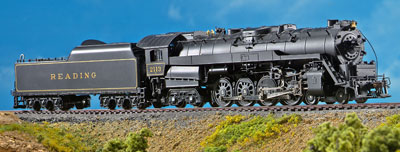
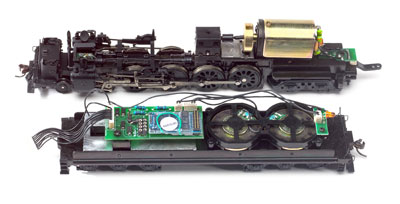
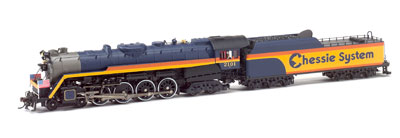
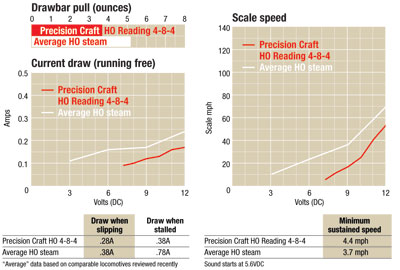
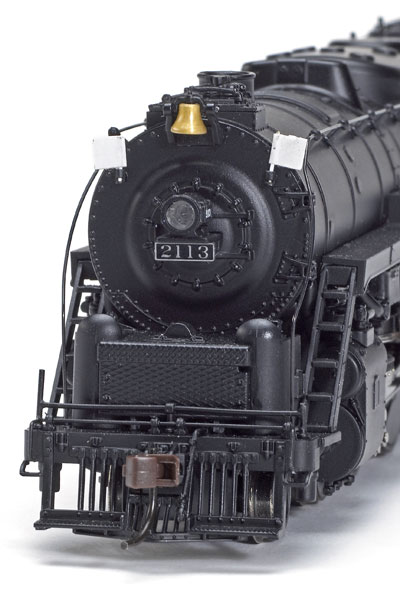

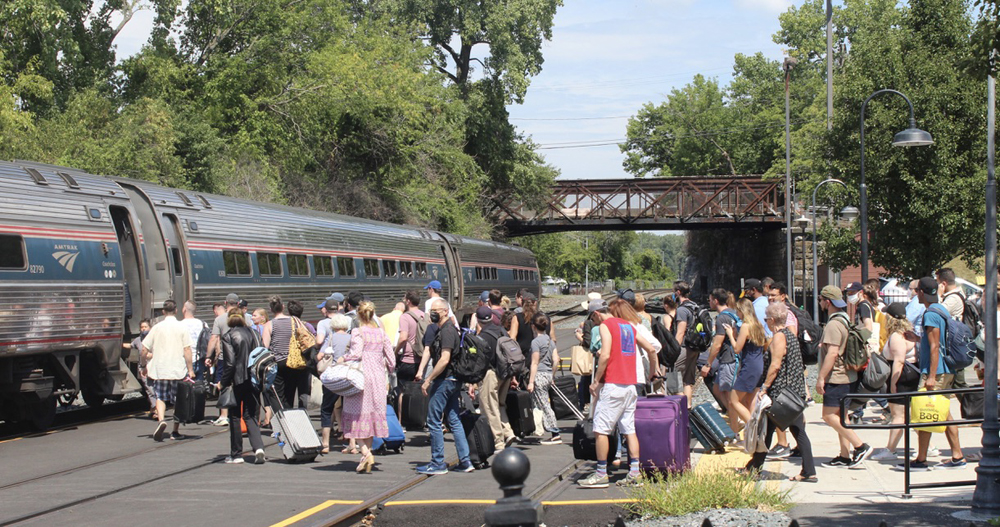
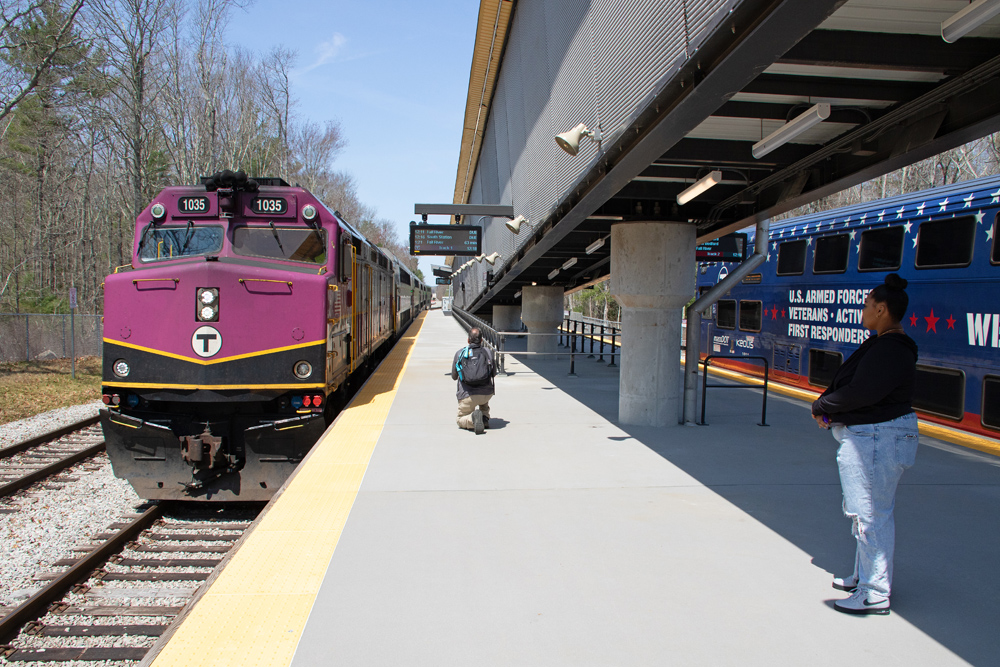






How does this relate to a search for Solid state turntable control?
College kids, not enough sense to tell me you don’t know.
You would rather shove a bunch of crap in my face that doesn’t match instead of the truth, you are stupid.